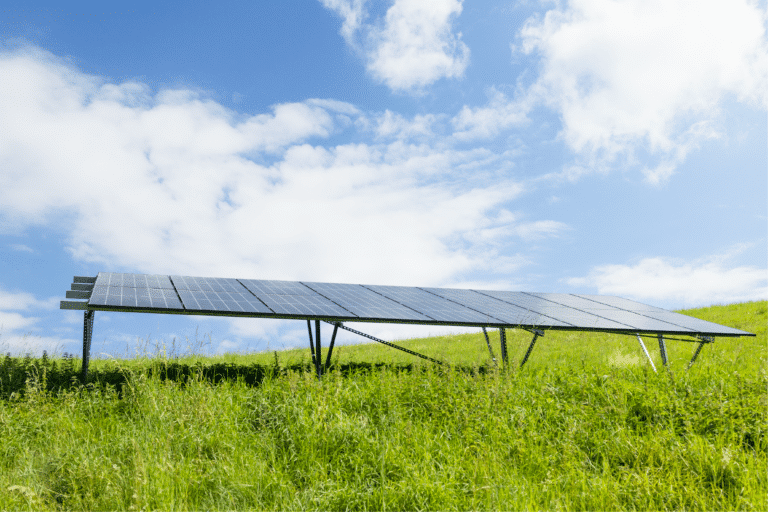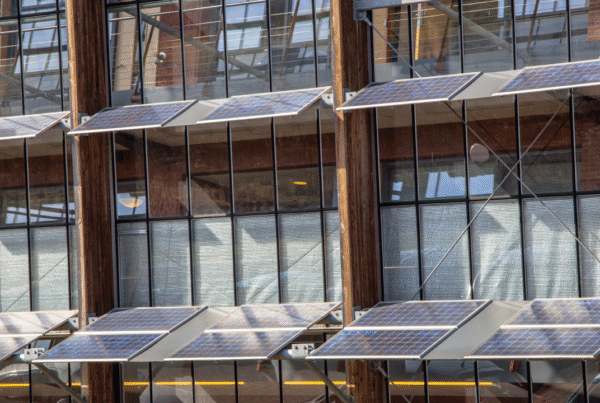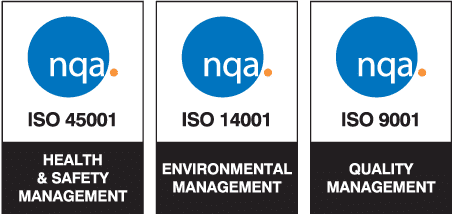Solar energy has become a key part of the transition to more sustainable and cleaner energy sources. In a world where concerns about climate change and the need to reduce greenhouse gas emissions are more urgent than ever, solar panels offer a viable and efficient solution. These technologies harness the sun’s energy, converting it into usable electricity through an innovative and environmentally friendly process.

The solar panel is a device designed to capture the sun’s energy and convert it into usable electricity. It is composed of multiple photovoltaic cells, which are semiconductor units usually made of silicon, a material that can convert sunlight directly into electrical current through the photovoltaic effect. Photons hitting the PV cells transfer their energy to the electrons in the silicon, releasing them from their atoms. This movement of electrons generates a direct current (DC) inside the cell.
La corriente continua generada por las células fotovoltaicas no es adecuada para la mayoría de los electrodomésticos y sistemas eléctricos, que funcionan con corriente alterna (CA). ). The electricity generated is therefore passed through a solar inverter, which converts the direct current into alternating current.
When already converted, alternating current can be used in different ways. For example, to power homes or businesses directly or to be stored in batteries.
To fully understand how solar panels work and their ability to generate electricity efficiently, it is essential to understand the key components that make up these systems. Photovoltaic cells are made of silicon and are responsible for capturing sunlight. . The inverter is a device that transforms direct current into alternating current. The mounting structure, which physically supports the solar panels and orients them towards the sun to maximise sunlight collection And the bi-directional meter, which measures both the electricity generated by the solar panels and the electricity consumed by the user. It is also essential for grid-connected systems, as it facilitates integration.
According to the latest report of the International Energy Agency’s Photovoltaic Power Systems Programme (IEA-PVPS), Spain is the country with the highest photovoltaic solar energy penetration rate in the world, reaching 21.1%. This figure indicates that more than a fifth of the electricity consumed in the country comes from this renewable energy.
The adoption and expansion of solar panels are essential steps towards a more responsible and environmentally friendly energy model, with clear benefits for both the environment and the global economy. Solar technology is thus emerging as a key piece in the energy puzzle of the future, making a decisive contribution to a healthier and more sustainable planet.
——————————————–
Read more news about the renewable energy sector on the Univergy Solarbog.







